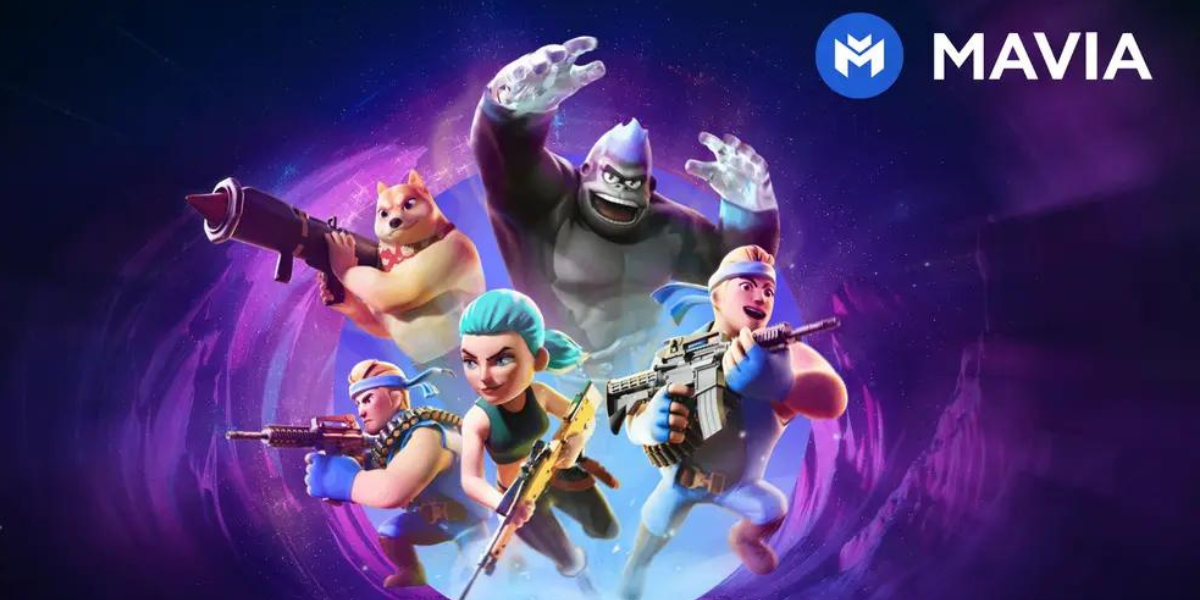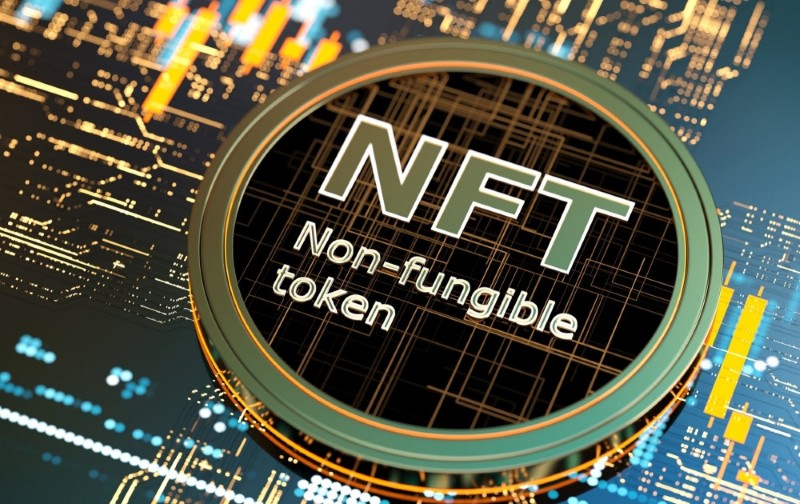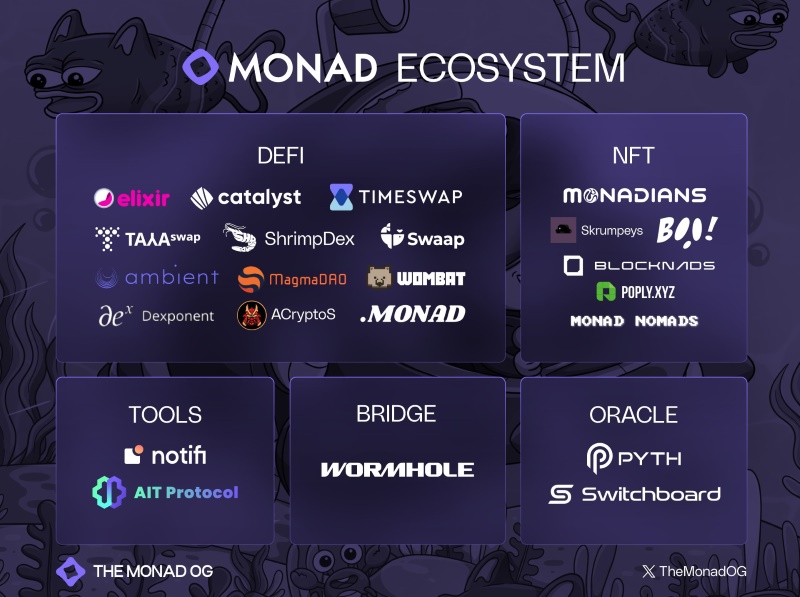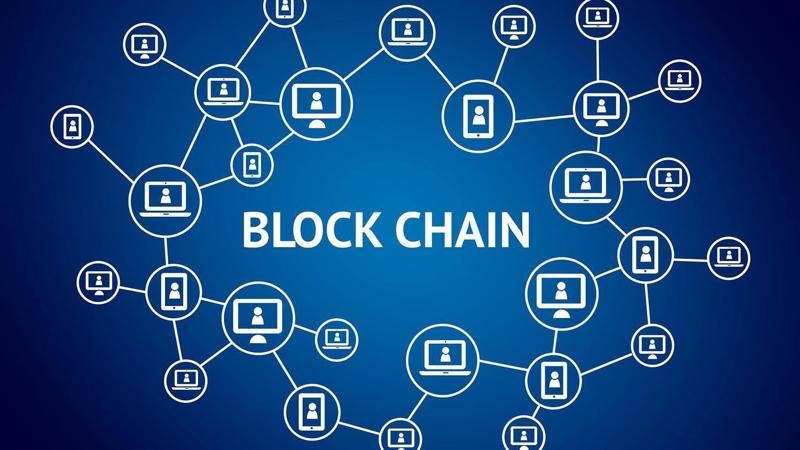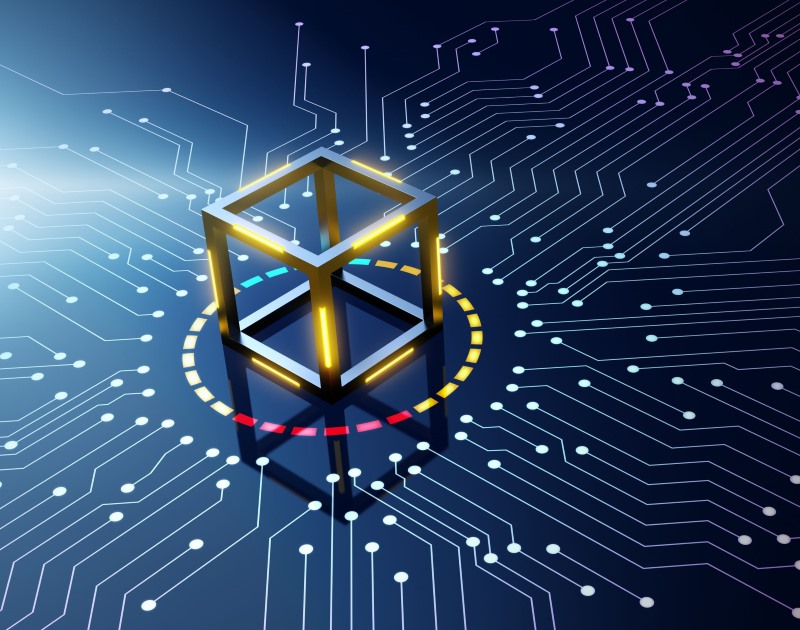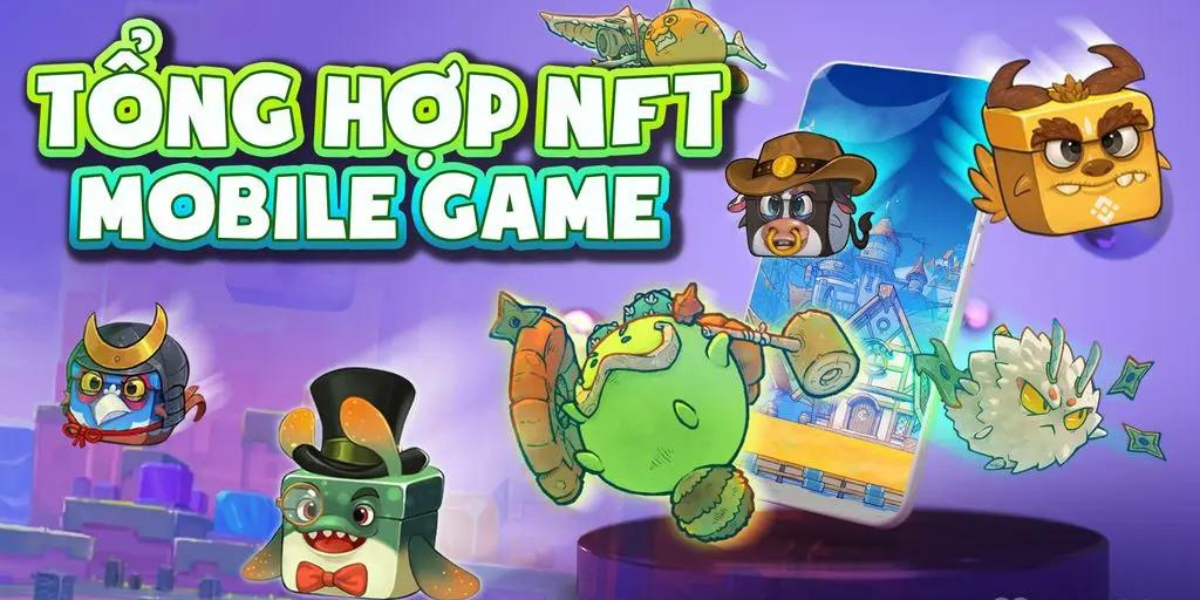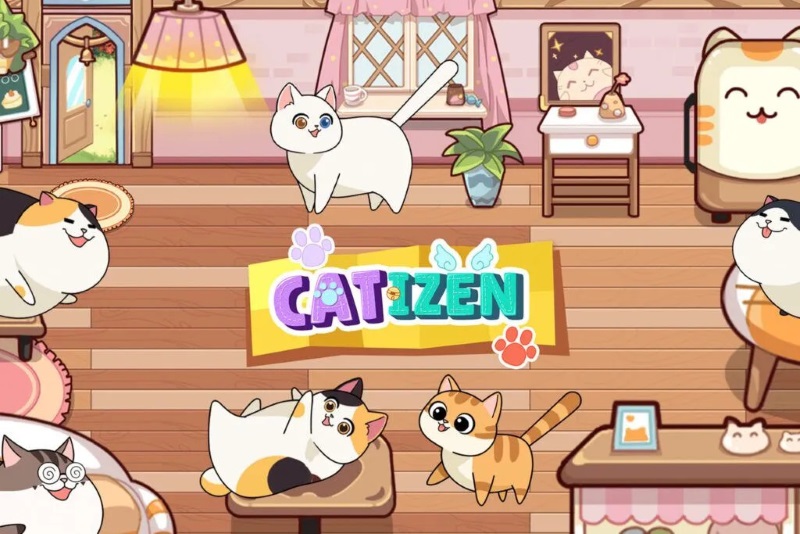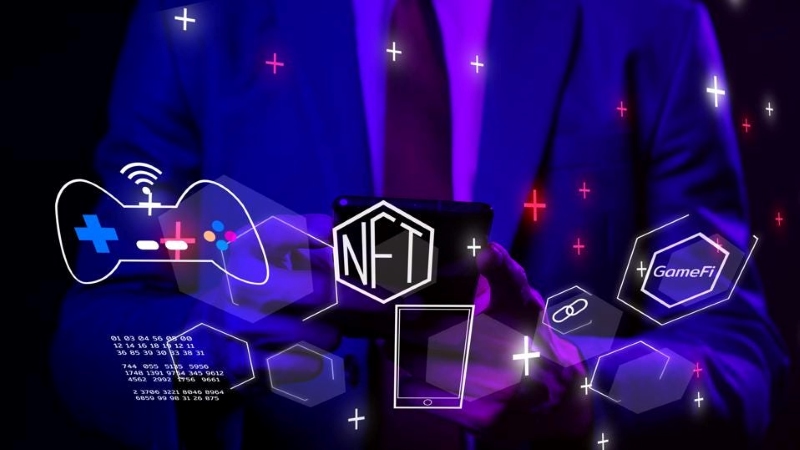What is GameFi? It blends gaming with blockchain technology, allowing players to earn rewards, own assets, and participate in the play-to-earn economy.
What is gamefi?
Many are eager to understand what is game fi. GameFi refers to games built on blockchain technology, merging the concepts of gaming and finance. The term is a blend of “Game” (as in video games) and “Finance.” In essence, GameFi projects incorporate blockchain’s distinctive capabilities, allowing players to earn income through gameplay.
Game-Fi meaning introduces the play-to-earn (P2E) model, where players can accumulate digital assets, rare items, and more by engaging in in-game activities. The gaming industry, already worth billions, continues to expand, with predictions suggesting it could exceed $38 billion by 2028. There’s even potential for it to surpass $100 billion, fueling the growth of decentralized finance (DeFi), non-fungible tokens (NFTs), the metaverse, and other related sectors.
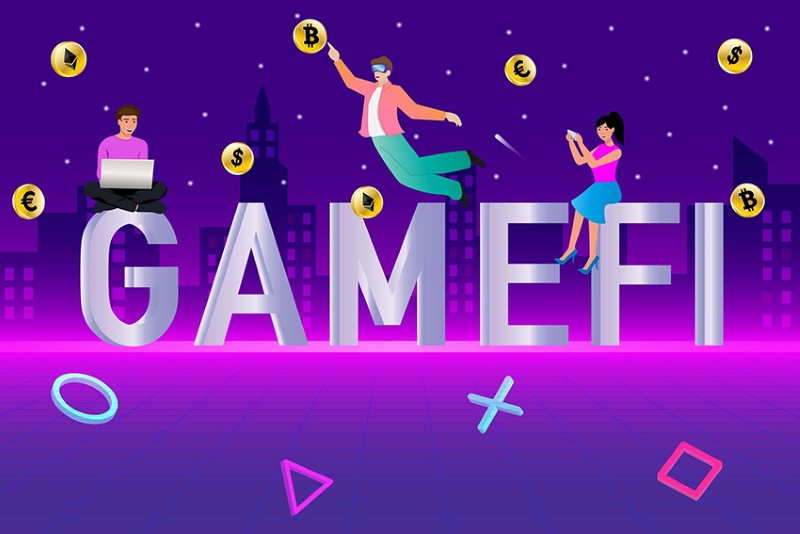
In traditional video games, players could earn rewards, but these were often limited to valuable skins that were highly sought after. Unfortunately, these rewards had little value outside of the game’s ecosystem, and ownership was controlled by centralized game publishers who managed the servers.
In contrast, blockchain technology and NFTs have granted true ownership to players in GameFi. Not only can players own their assets, but they can also be compensated for their time spent playing through in-game rewards that are distributed as cryptocurrency tokens.
GameFi Explained: The Origins and Development
GameFi, as a concept, began to take shape with early experiments like Minecraft servers integrated with Bitcoin, marking one of the first instances of merging gaming with cryptocurrency. The term “GameFi explained” truly began to gain prominence in September 2020, when Andre Cronje, the founder of Yearn Finance and a well-known figure in the coding community, first introduced it in a Twitter post. Since then, the term has evolved to describe a category of games that combine traditional gameplay with financial components, creating a new era for both gaming and finance.
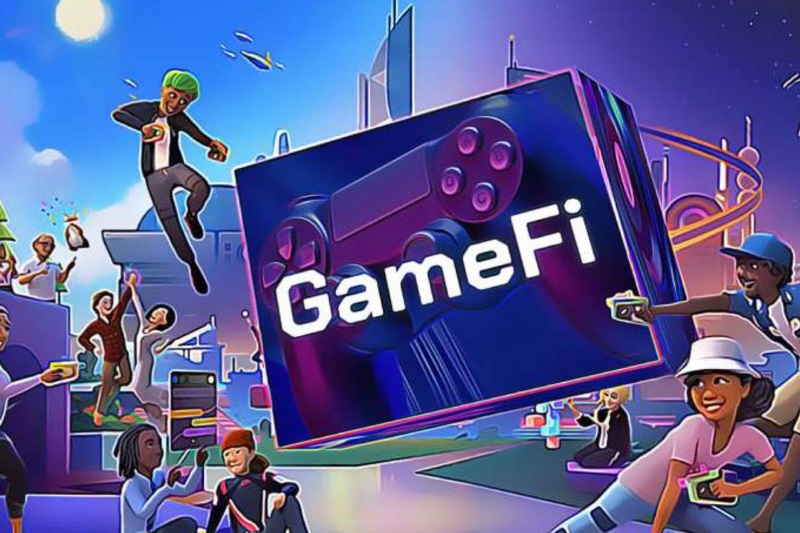
One of the earliest and most notable GameFi projects was CryptoKitties, launched in November 2017. The game allowed players to collect, buy, and breed virtual cats, with each cat being represented as a unique digital asset. The innovative use of blockchain technology meant that these virtual cats could be sold as NFTs (Non-Fungible Tokens), often at prices several times their original value, marking an important milestone in the intersection of gaming and financial systems.
How Does GameFi Function?
At its core, GameFi is designed to reward players with tokens and digital assets based on their gaming achievements and abilities. This innovative concept has fueled the rise of a new genre of gaming known as play-to-earn (P2E) games. These games offer a variety of rewards, including cryptocurrency tokens and in-game items like virtual real estate, characters, weapons, and outfits. Each GameFi project operates with its own distinctive economic model. A key feature is the use of non-fungible tokens (NFTs) to represent these assets, which are stored on the blockchain and can be exchanged through NFT marketplaces. If you’re wondering “what is GameFi crypto?“—it’s essentially the cryptocurrency tied to the GameFi ecosystem, fueling its decentralized nature and rewarding players in the process.
The Impact of Blockchain Technology on GameFi
Blockchain technology is at the heart of GameFi, providing the infrastructure for both the games and their in-game currencies. Smart contracts enable much of the decentralization within GameFi, allowing for greater player control and transparency. Components like decentralized finance (DeFi), NFTs, and play-to-earn mechanisms are integral to how GameFi functions, facilitating an open, player-owned economy. Blockchain games empower players by giving them sovereign ownership of their virtual assets and currencies, distinguishing them from traditional gaming models.
A GameFi Review: The Benefits and Drawbacks
GameFi introduces both exciting possibilities and challenges. On the positive side, play-to-earn models offer an alternative to the traditional pay-to-play structure found in conventional video games. Players can earn rewards simply by participating in blockchain-based games, which creates more opportunities for income. This could potentially spur increased engagement in the gaming industry, leading to broader adoption of this new model. Moreover, NFTs in GameFi promote true ownership of virtual assets, bypassing the control of centralized entities. However, there are also drawbacks, including the need to maintain a balanced in-game economy and the potential for market fluctuations to affect the stability of the rewards.
Key Differences Between GameFi and Traditional Games
At the core of all gaming experiences lies entertainment, a factor that drives users to engage with games. However, the question arises: What is GameFi, and how does it differ from traditional gaming? Beyond the fun and excitement, GameFi introduces unique features that set it apart from conventional video games.

Play-to-Earn Mechanism
In traditional games, the primary focus is often on entertainment and enjoyment, but GameFi shifts this focus to a model known as “Play-to-Earn.” This model prioritizes the creation of opportunities for players to earn real-world value while playing. Instead of merely being entertainment, in-game items in GameFi games become assets that players can trade or sell for profit.
By integrating Play-to-Earn mechanics, GameFi enhances its appeal by attracting both players and investors. The inclusion of virtual currencies that hold real-world value ensures that players aren’t just spending time and money—they can actually earn from their gameplay experience. This transformation has revolutionized the gaming industry, making gaming a source of income rather than just a hobby.
Ownership of In-Game Assets
In traditional gaming, ownership of in-game assets is typically restricted to the game developers. However, in GameFi, the concept of property ownership takes a different approach. GameFi games represent in-game assets—such as characters, weapons, skins, and pets—as Non-Fungible Tokens (NFTs), which players can truly own.
By obtaining these NFTs through gameplay, players gain the ability to trade, sell, or convert them into cryptocurrencies, and even exchange them for fiat currencies (like USD or VND). This level of ownership is verified, allowing players full control over their assets.
For instance, in the DeFi Warrior, one of top GameFi projects, launched in Q3 2021, players can own warrior NFTs. They can participate in various game modes, create new NFTs, buy, sell, and even rent out their warriors. The true ownership of assets gives players a sense of security and financial opportunity.
Low or No Upfront Investment
Another feature that sets GameFi apart is the relatively low barrier to entry. Many GameFi titles are available for free on platforms like Google Play or the App Store, or offer trial modes that let users explore before committing financially. However, there are also games where players must purchase tokens, characters, or in-game items to start playing. These investments often yield a return over time, making the purchase worthwhile for players looking to earn.
For example, players can start playing DeFi Warrior for free through its Trial Mode on mobile. Once familiar with the gameplay, they can make investments in FIWA tokens, warriors, and other assets to unlock additional game modes. These modes include PvE (player vs. environment), PvP (player vs. player), Championship tournaments, and more. With various engaging features, players can enhance their gaming experience and potentially generate profits.
Future Growth Potential
The innovative combination of DeFi, NFT, and blockchain technologies has propelled GameFi into the spotlight. As a result, several major companies in the traditional gaming industry, such as Ubisoft, Square Enix, and Epic Games, are venturing into the GameFi space. These shifts signal a growing recognition of GameFi’s potential to redefine the gaming landscape.
According to DappRadar, there were approximately 1.09 million daily players of blockchain-based games as of February 13, 2022. Meanwhile, Footprint Analytics reported a similar number, with 1.03 million daily GameFi players. This indicates a significant audience base already engaging with GameFi.
Furthermore, Gabby Dizon, co-founder of Yield Guild Games, predicts that by the end of 2022, we could see 10 million wallets interacting daily with blockchain games, a clear indicator of the sector’s promising future. Staying updated on gamefi is key. Follow blockchain gaming news for insights on new projects, trends, and tech developments.
Conclusion
GameFi is revolutionizing the gaming landscape by merging blockchain technology with traditional gaming elements. The Play-to-Earn model has transformed players from passive participants into active contributors in a decentralized economy. This shift allows players to earn rewards, own valuable digital assets, and engage in an entirely new form of entertainment that offers financial benefits. The introduction of NFTs and cryptocurrency within games ensures true ownership of in-game assets, empowering players to trade, sell, or convert them into real-world value.
As the GameFi ecosystem continues to grow, its potential for disrupting the gaming and finance industries is undeniable.The growing number of players asking what is GameFi, the rise of new projects, and the increasing number of players engaging with blockchain-based games signal a bright future for this innovative model.
With the rapid adoption of blockchain technology and its expanding role in digital economies, GameFi is poised to redefine how we interact with games and virtual assets, creating new opportunities for both players and investors alike. The future of gaming is here—are you ready? Follow the gaming guild for exclusive insights and updates on the latest trends.
